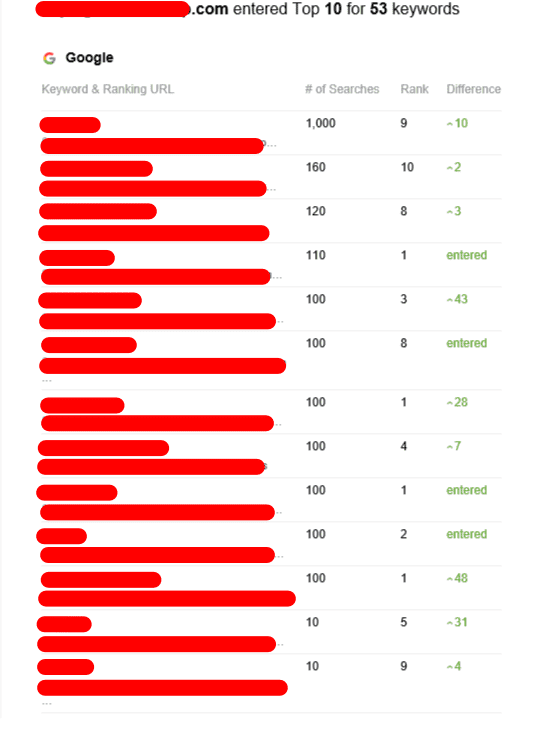Tiered Link Building - How to Avoid a Google Penalty
Tiered link building is a potent tool that helps websites boost their search engine rankings. However it should be utilized correctly. It could result in an Google penalty if not done correctly.

Tiered link-building involves the use of multiple levels of backlinks to improve the ranking of a website. Many SEO experts and link-building companies employ this technique.
First-tier links
Tiered link building can be a powerful SEO technique that can increase your rankings in search engines. It's crucial to know how to utilize tiered link development correctly to avoid Google penalties. Utilizing tiers in your backlink pyramid is a method to achieve this. In addition, you could employ other strategies like niche edits and broken link building to improve your SEO efforts.
The first layer of links in a tiered strategy for building links should come from high-quality sites that have an authority on domains and a PageRank that is higher than your own. This gives you a greater chance of ranking over the long run. Links from low-quality sites could hurt your rankings and raise red warnings. Avoid linking to sites that are not related or that only have links.
Another way to build your first tier is using forum comments and wikis with a lot of user-generated content. This is a great method to obtain high-quality, contextual and relevant links. Be aware that these links may not have as much link juice.
You can also make use of an online resource such as HARO to find an idea of what reporters are seeking information on. This can be an excellent method to create your first level of links in a natural manner without breaking any rules. Make sure you only link to websites that are authoritative and related to your industry.
Second-tier links
Tiered link building is a method employed by website owners and SEO companies to improve search engine rankings. It is a risky approach which could result in Google penalties. Tiered links are essentially backlinks to websites of third parties that give authority to your website. These backlinks can be used to transfer link value to your main web pages so that they can rank higher in SERPs. However, this strategy is time-consuming and costly. It may also be difficult to reach the tipping point for search engine rankings.
Tier 2 links are likely to be of lower quality than the first, but can still boost organic ranking and build authority in the domain. They can also make Tier 1 links more effective by increasing their value. Tier 2 backlinks are dofollow or nofollow, but dofollow is the primary consideration.
There are a variety of ways to build Tier 2 backlinks, including guest posts, citations and citations in niche-based articles. In addition to that, you can use link roundups and article directories to build these links. Whatever method you choose, it is crucial to ensure that the URLs referred to are relevant to your context. Additionally, you should avoid using low-quality backlinks, which can be interpreted as spam by Google. These strategies can quickly turn into a black-hat tactic which could be penalized.
Third-tier links
Tiered link building is a powerful tool for SEOs to rank their websites on results of searches (SERPs). However, it could also be dangerous if done improperly. If Google finds that you are using tiered linking, it may make your website penalized or remove it entirely from search results. There are ways to avoid such a fate.
The third stage is where things begin to get messy. tier 2 backlink make use of third-party tools order to create backlinks that are large-scale. They can be blog posts, directories of low-quality as well as bookmarking sites, wikis and other content created by users. The goal of these backlinks is boosting the authority and PageRank of your first-tier links.
They can be traced back to the original source, making them a little more risky than their organic counterparts. In addition, they're less effective in boosting PageRank. Google's algorithm has become more sophisticated and low-quality (even nofollow) links are losing value.
To prevent these issues Marketers should be cautious when they are creating third-party backlinks. They should only use reputable third-party services that have good track of records. It is also recommended to avoid automated tools, since they could cause problems. If Google detects that you are using automation the company could issue a penalty manually, which can drastically decrease your ranking. It is important to select an SEO agency that has experience with tiered link building.
Fourth-tier links
Tiered link building is a strategy that consists of creating an encircling of links. This method allows websites with more authority which are more trustworthy to transfer link juice to pages with lower authority which then rank for certain keywords. This method can increase web traffic and rankings over time. However, it is important to keep in mind that it may be dangerous to use tiered links for your entire website or for a single web page.
The most important thing to avoid this is to ensure that your tier-2 backlinks originate from different sources. Google could penalize your website if your tier-2 links are all from the same source. It is also essential to not link to sites that are spammy because this can harm the reputation of your website.
In addition to guest blogging Tier 2 links can be obtained through paid advertising or by providing quality content to high-authority websites. You can also submit your article to HARO. This service will send emails to journalists regarding a variety of topics, and you can provide the information journalists require for their article.
This method of link-building is not a method that will last. Google's algorithm is constantly updated, making it increasingly difficult to create links from poor quality sources. Additionally, search engines are better in detecting automated. It is therefore likely that tiered linking will disappear eventually.
